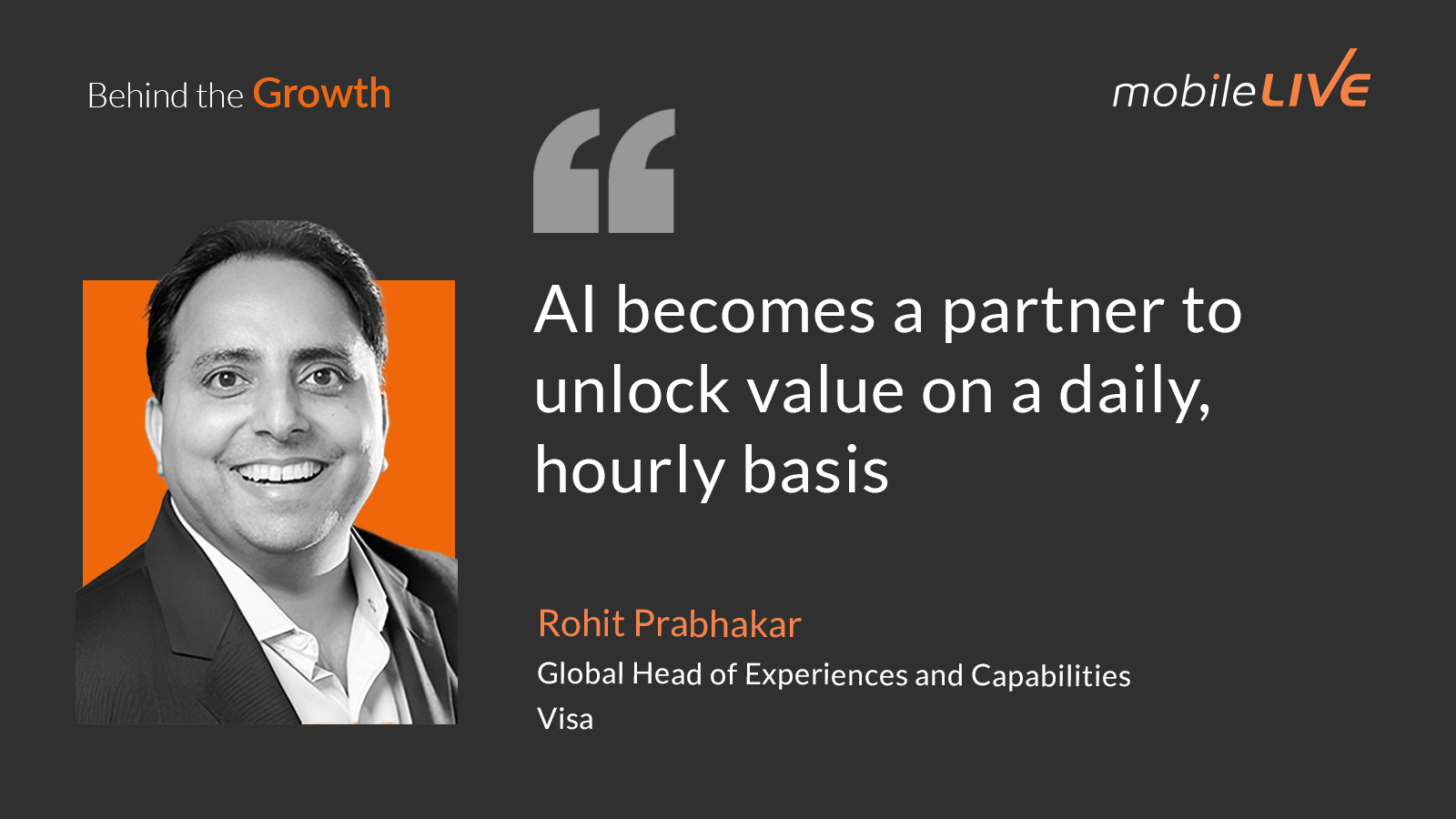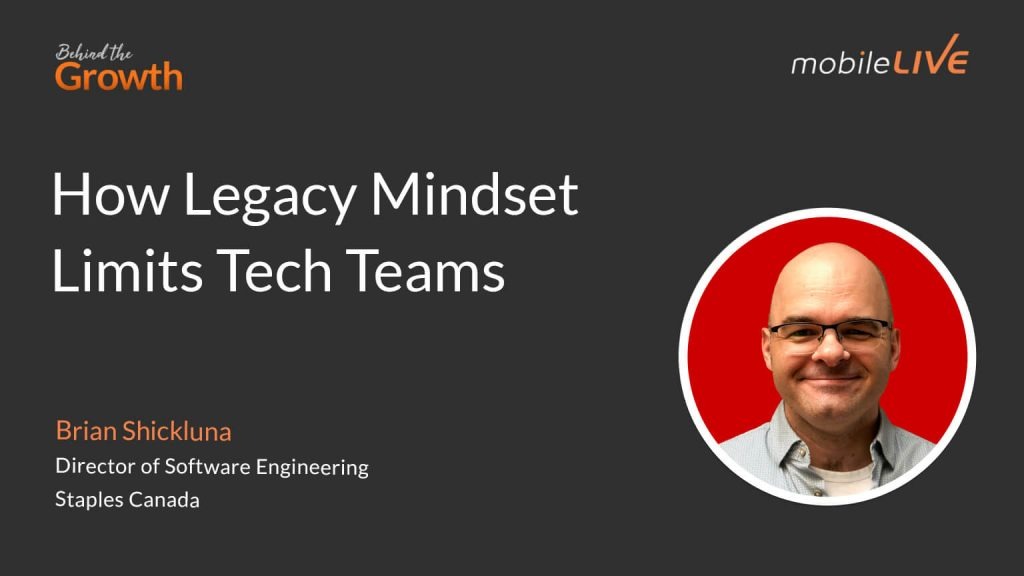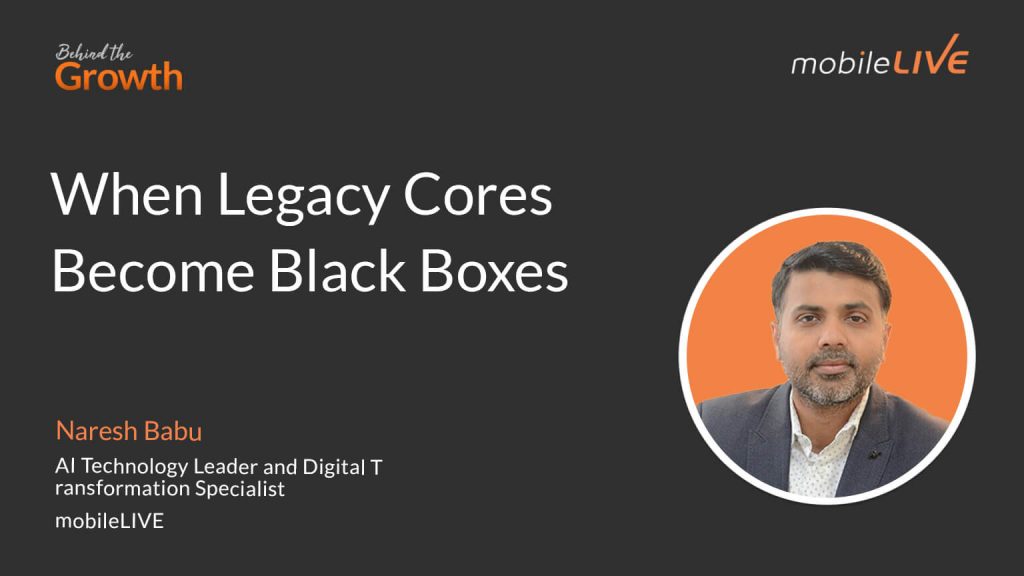Key Insights
Adopt AI Through Incremental Gains and Ground-Up Reinvention
Effective AI adoption in large enterprises requires a dual-track approach. One track focuses on integrating AI as a partner into current systems to deliver measurable productivity and efficiency gains without disrupting existing operations. The other requires stepping back to reimagine processes and technology from the ground up, avoiding the limitations of retrofitting AI onto outdated workflows. This balance ensures organizations can capture immediate value while positioning themselves for transformative change. Rohit emphasises the need to invest in both quick wins and long-horizon redesign, ensuring that AI is embedded where it delivers the most business impact rather than being bolted on as an afterthought. The combination of steady integration and bold reinvention sets the stage for AI-native ecosystems that are both resilient and future-ready.
Unify and Structure Data Before Scaling AI Capabilities
Long-term success with AI-driven personalization and automation starts with a fully connected, high-quality data foundation. Disparate systems and data silos create friction, limit accuracy, and hinder the ability to deliver relevant, real-time experiences. Structuring and cleaning data not only increases reliability but also enhances the performance of machine learning models and large language models by reducing the risk of inaccurate or incomplete outputs. Rohit underscores the need to prioritize enterprise-wide data integration as a precursor to advanced AI initiatives. Without a ground-up approach to data architecture supported by governance, privacy, and compliance, efforts to scale AI will be fragmented, harder to manage, and less impactful. A connected data layer is the infrastructure that makes AI capabilities consistent, trustworthy, and adaptable across the business.
Treat People Enablement as the Core of Digital Transformation
Technology can enable transformation, but sustainable change comes from equipping people to adopt, adapt, and lead with it. Successful programs start with small, empowered groups who receive the tools, training, and support to demonstrate value quickly. As these early adopters generate wins, they become internal advocates who help scale adoption across the organization. This approach turns transformation from a top-down mandate into a movement supported by peer-driven momentum. Rohit highlights that investments in platforms and systems must be matched by investments in skill-building, change management, and cultural alignment. Without deliberate people enablement, even the most advanced technology risks becoming an underused asset, like a high-performance car left parked in the garage. The leaders who succeed create conditions where technology and talent advance in lockstep.

Episode Highlights
From Medical Science to Martech
Rohit reflects on his unconventional career path, starting with a degree in medical science before moving into software, sales, product, and eventually marketing technology. His story underscores a consistent drive to improve processes and experiences in every role.
“I think it never was about marketing technology… It was always about making things better than what I caught them when I started somewhere.”
Two Tracks for AI Integration
Rohit outlines a clear framework for AI adoption: making incremental improvements to existing systems while also reimagining processes from scratch. This dual-track approach ensures AI delivers value today while shaping future-ready operations.
“There is incremental changes to what you are already doing and making AI as a partner… And that is the time when you say, now we have to reimagine how we do this.”
Personalization’s Biggest Historical Blocker
He points out that the greatest challenge in achieving personalization at scale hasn’t been technology, but the availability of high-quality, relevant content created at speed. Advances in generative AI, he notes, are beginning to change this.
“Nobody was willing to invest in that side of like the content side of it. And that was always the challenge of building experiences that were meaningful and doing personalization at scale.”
The Customer Data Master Advantage
Rohit describes how unifying all customer data into a single, consent-driven source breaks down silos and fosters cross-functional collaboration, creating new opportunities for innovation across the customer journey.
“The biggest unlock happens is people start talking within the organization and not in silos, but about what they can do across.”
People, Not Platforms, Drive Transformation
He stresses that technology alone doesn’t determine transformation success — it’s the people who adopt and use it. Starting small with empowered teams creates momentum that spreads across the organization.
“The difference between successful and failed transformations is often the people.”







